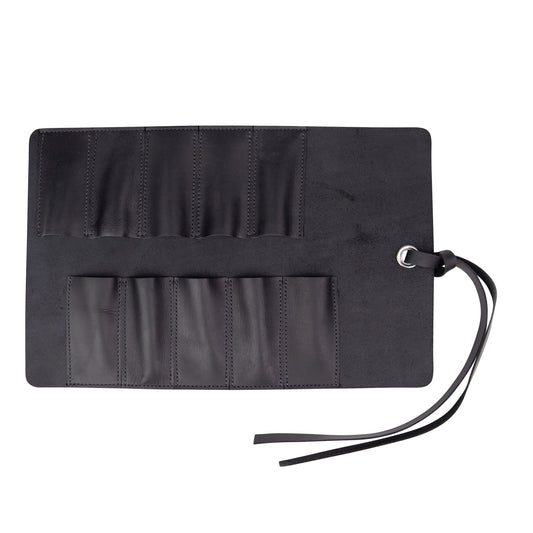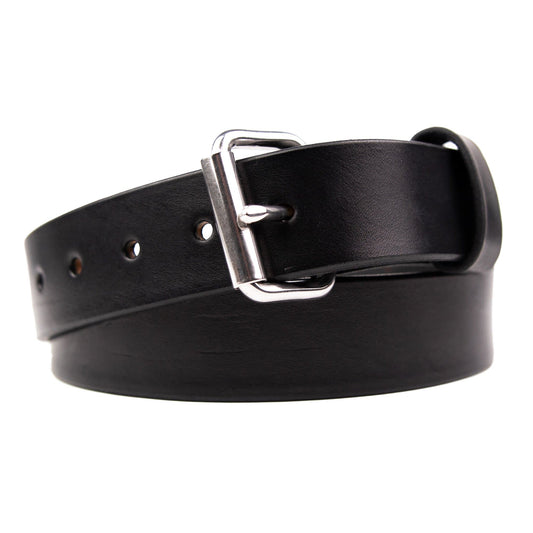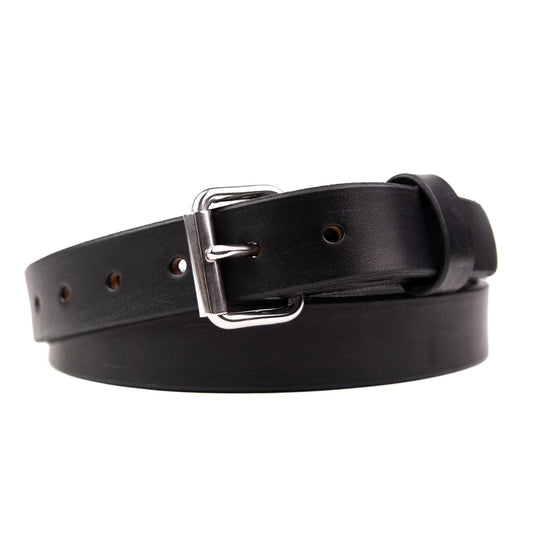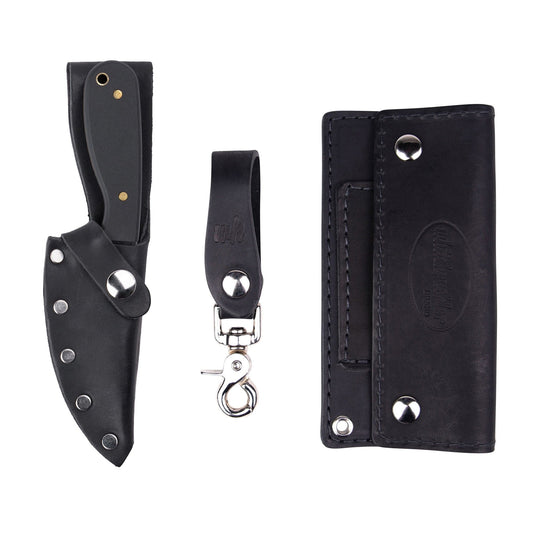When a marine vessel cannot move through certain waterways or, in certain instances, on “their own steam”, tugboats are often called in to help securely guide them to safety.
While tugboats are not American-created innovations, they are integral to American maritime history.
Known as “the tow trucks of the waters” or “the AAA of the seven seas,” tugboats are used to move stalled ships, help vessels move through waterways that are difficult to traverse, assist when ships are stuck in frozen waters, or even help to assist with putting out fires.

There is no doubt that without the use of tugboats in America, our waterways would not be as safe, nor would vessels be as efficient as they can be. These “little helpers” are there to assist other ships and help waterways be as safe as possible for both sea goers and the general public alike.
Starting at the beginning
The very first tugboat to hit the water was created in Scotland in the early 1800s. The ship was christened the Charlotte Dundas and patented by William Symington.

Initially, it was used as a passenger boat. However, it did not serve long in this capacity because “the powers that be” feared the ship would erode the banks were she to get too close to the shoreline.
Just five years later, in 1807, the first tugboats hit American waters when engineer Robert Fulton introduced the vessel to the U.S.

These boats were initially steam-powered, but they soon became diesel-powered.
New jobs to help boost the economy
With the introduction of this new water vessel to the country, new jobs came with it. Not only were new jobs created through the need for manufacturing these new boats, but they also came in the form of the need for hiring new crews to man the vessels.
The prominent new positions created included:
- Captains
- Mates
- Engineers
Captains ensured that the ships operated as smoothly as possible on all levels, and their duties included managing the ships’ other workers.
Mates were general laborers who ensured the ship was maintained and in general working condition.
Engineers were tasked with the more delicate position of ensuring that the ships stayed in proper functioning condition and charged with the job of mechanical maintenance.

Tugboat types: the right tug for the job
Since their creation, several different types of tugboats have come on the scene to assist water-going vessels in various ways.
Seagoing tugs
In terms of seagoing tugboats, there are four general categories:
- Standard - These boats use wire or synthetic cables to help pull disabled ships, including U.S. Naval ships and their crews, to safety.
- Top-notch - Again, with the use of wire or synthetic cables, these boats are used to pull in vessels that are stranded in minimal swells, yet they have the capacity to withstand rougher waters. They can also push boats when the need arises. These ships typically can perform with minimal necessary power or fuel to get the job done.
- Integrated Tug Barge (ITB) - These ships are used in more desperate sea conditions to help with other vessels. They are actually able to connect and lock together with other boats to help get them to safety.
- Articulated Tug and Barge (ATB) - Much like ITB ships, ATB ships can lock together with the vessels that they are commissioned to assist. They are typically used for larger ships.

Harbor tugs
These tugboats are generally required to assist vessels such as tankers through waterways, though that is not their only job.
Other operations they might be required to perform include:
- Dredging
- Bunkering
- Liquid transfers
- Assisting with cargo operations

River tugs
These boats are typically used to help with operations that are simply not safe for vessels to make on their own on the country’s riverways.
They can be used to either push or pull the vessel through the river.
Disaster on the riverway
Though tugboats were designed to make the world’s waterways safer, there have been instances where that was not the case. One of those instances was with that of the boat Mauvilla on the Bayou Canot. The 1993 tragedy that occurred in this tugboat incident caused the deadliest Amtrak accident in history and changed things on American riverways forever.

On September 22, the Sunset Limited, which at the time carried passengers between Orlando and Los Angeles, was delayed for approximately 30 minutes due to an issue with its air conditioning system. This delay caused the train to become involved in an incident that claimed the lives of almost 50 passengers.
Due to limited vision caused by excessive fog, the tugboat Mauvilla, which was pushing a barge, took a wrong turn on the Mobile River, entering the impassable Bayou Canot. The barge hit a metal girder of the CSX Transportation rail bridge which spanned the bayou, compromising the bridge’s stability and causing a significant kink in the tracks. The Sunset Limited, arriving several minutes after the accident and traveling at 70 mph, hit the kinked track, causing the train to plummet into the water.

The captain of the tugboat did not realize that he had taken a wrong turn and believed he was on the Mobile River. Unfortunately, the captain did not have the most essential of materials, such as a map or compass, nor was he trained enough to pilot the vessel.
The aftermath of the disaster changed how people were allowed to be called captains of tugboats in the hope of preventing another disaster from ever occurring again.
Welcomed helpers on the waterways

Though there are few occasions where tugboats have caused accidents, overall, they have been tremendous helpers on the world’s waterways.
From pushing and pulling ships to safety to helping them maneuver without incident through canals, tugboats have a rich history as welcomed helpers on the waterways.




